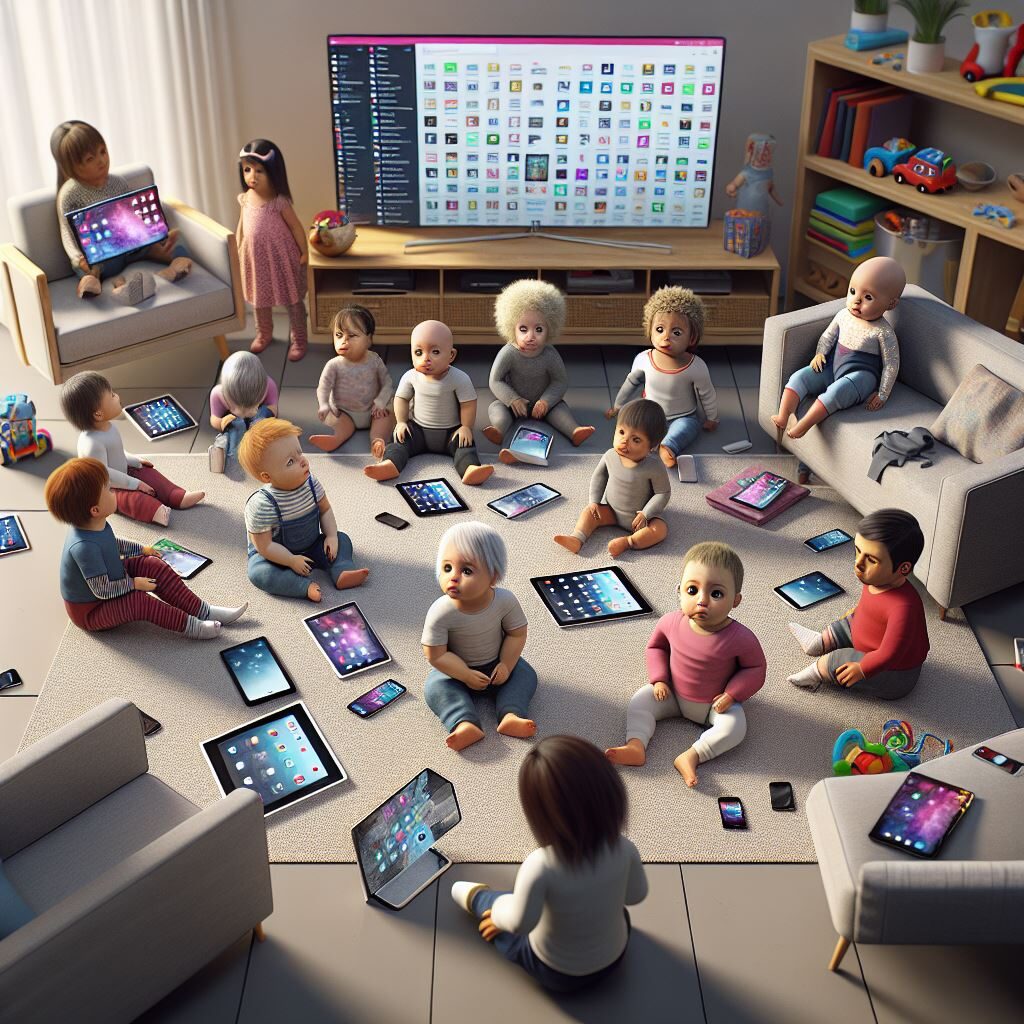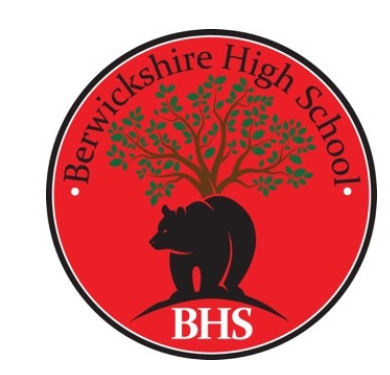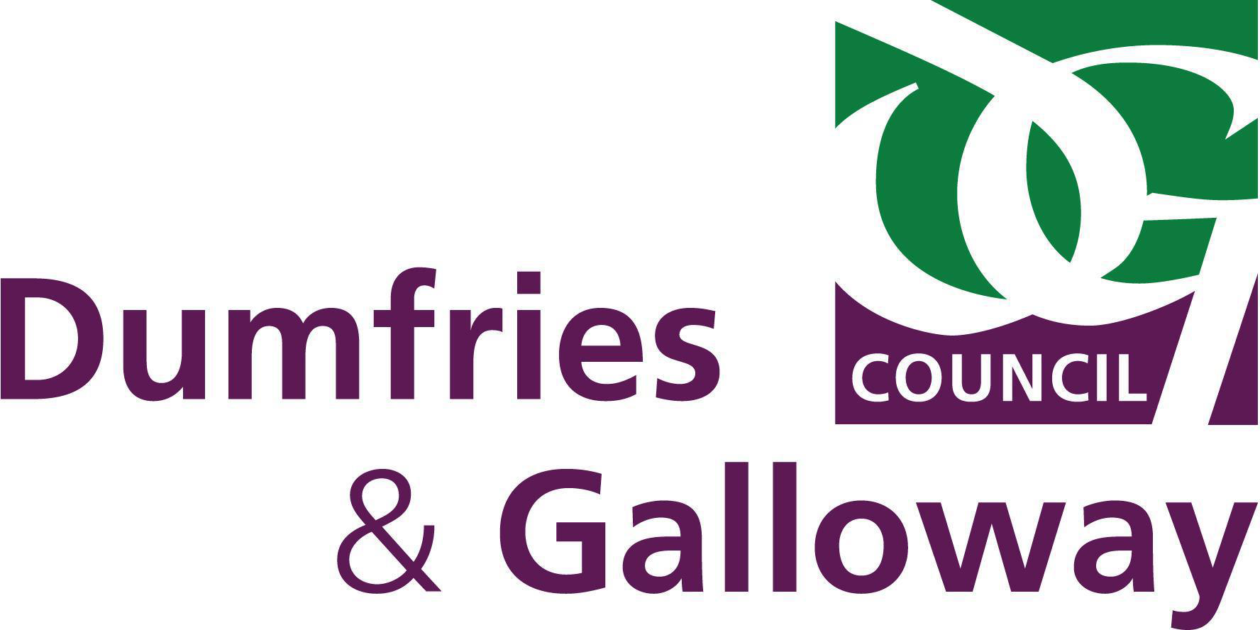Tweedbank Primary ELC was one of the first ELC settings to be awarded with the new DSAS Digital Learning Through Play Award in ELC, earlier this year. In this blog post, Early Years Officer Amy Simpson shares a practice highlight on the whole team approach to digitally evidencing key identified areas for improvement, at Tweedbank Primary ELC.
Our aim is to ensure self-evaluation is an ongoing, enjoyable and collaborative process.
Previously, we used a physical floorbook to document our self-evaluation, using HGIOELC and Care Inspectorates Quality Framework.
We used this alongside our Nursery Improvement Plan to focus on key areas of development.
To improve this model, we created a Padlet space to allow all staff to to input into self-evaluation evidence into key identified areas of improvement.
This is done in real-time and allows for staff to upload in the moment, and reflect collaboratively at protected self-evaluation time.
From moderating this approach, the quality of input has improved massively with the different media options available and staff being able to upload not only text (like a physical book), but photos, videos, voice notes… and even GIFs!
Our next steps for improvement are to include pupil and parent voice within this evidence to reflect the full settings input.
Each member of staff can access the Padlet via a shortcut on their iPads and add evidence below each identified area for improvement on an ongoing basis. As highlighted by Amy, the Padlet updates in real time, making the contributions of others instantly visible and the quality of evidence has improved with the variety of media formats available.
This blog post was submitted by Amy Simpson, Early Years Officer, Tweedbank Primary School ELC, Scottish Borders, November 2024.
Amy and the ELC Team at Tweedbank can be contacted at gw19simpsonamy@glow.sch.uk / TweedbankPS@scotborders.gov.uk
Scottish Borders Council Context.
Inspire Learning is SBC’s Digital Learning Transformation Programme and has to date delivered an Apple iPad to every teacher, ELC practitioner and every P4 to S6 pupil across all Borders schools, as well as class sets of shared iPads for the use of every P1 to P3 pupil and Early Years. The programme continues to support teachers in the best use of the technology in the classroom and is committed to achieving a uniquely high digital skills and education baseline for all Borders teachers through an extensive, bespoke package of professional learning and development.
- For more information please visit the Glow Blog: Inspire Learning SBC.
- The Early Level Portal – A One-Stop Shop for Early Level Educators is a Glow Blog, where you will find detail of the early level approach to LEARNING, TEACHING & ASSESSMENT with clear guidance on early level pedagogy in Borders schools and ELC settings.
Practitioners in SBC access Padlet via the free single sign on version in Glow. Your organisation or local authority may not use Padlet and instead use an alternative tool. Please remember to check with your organisation or local authority digital lead before exploring new apps and platforms to ensure GDPR compliance.
- For more information on Padlet please see What is Padlet? – Padlet Knowledge Base & Support
- For information about the Digital Schools Awards Scotland (DSAS) Digital Learning Through Play Award in ELC, please see Introduction to The Digital Learning Through Play Award in ELC. – DigiLearn and also Home – Digital Schools Awards.


















 The Inspiring Digital Enterprise Award, known as iDEA, is an international programme that helps students develop and demonstrate digital, enterprise and employability skills.
The Inspiring Digital Enterprise Award, known as iDEA, is an international programme that helps students develop and demonstrate digital, enterprise and employability skills.


You must be logged in to post a comment.